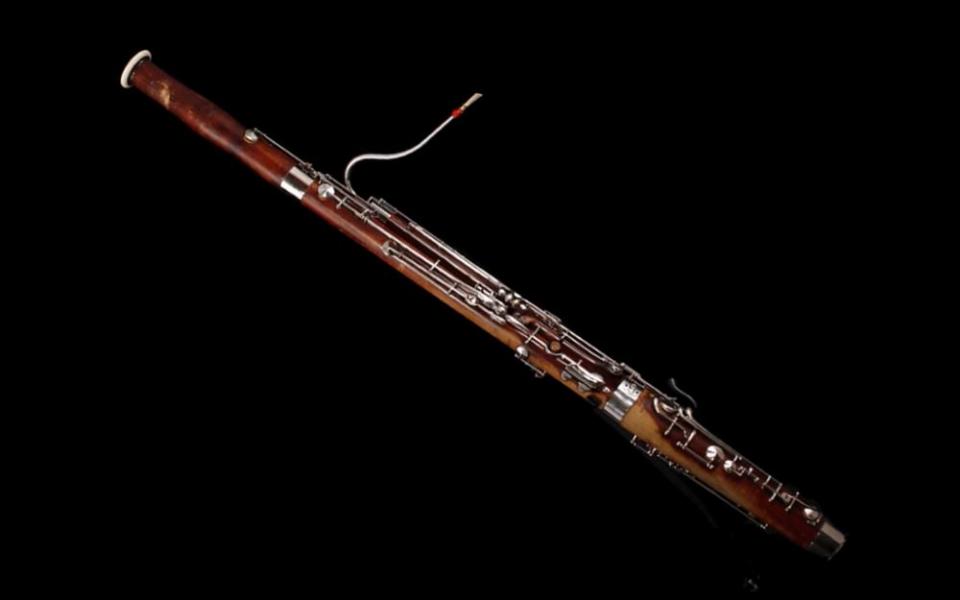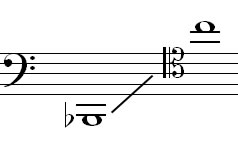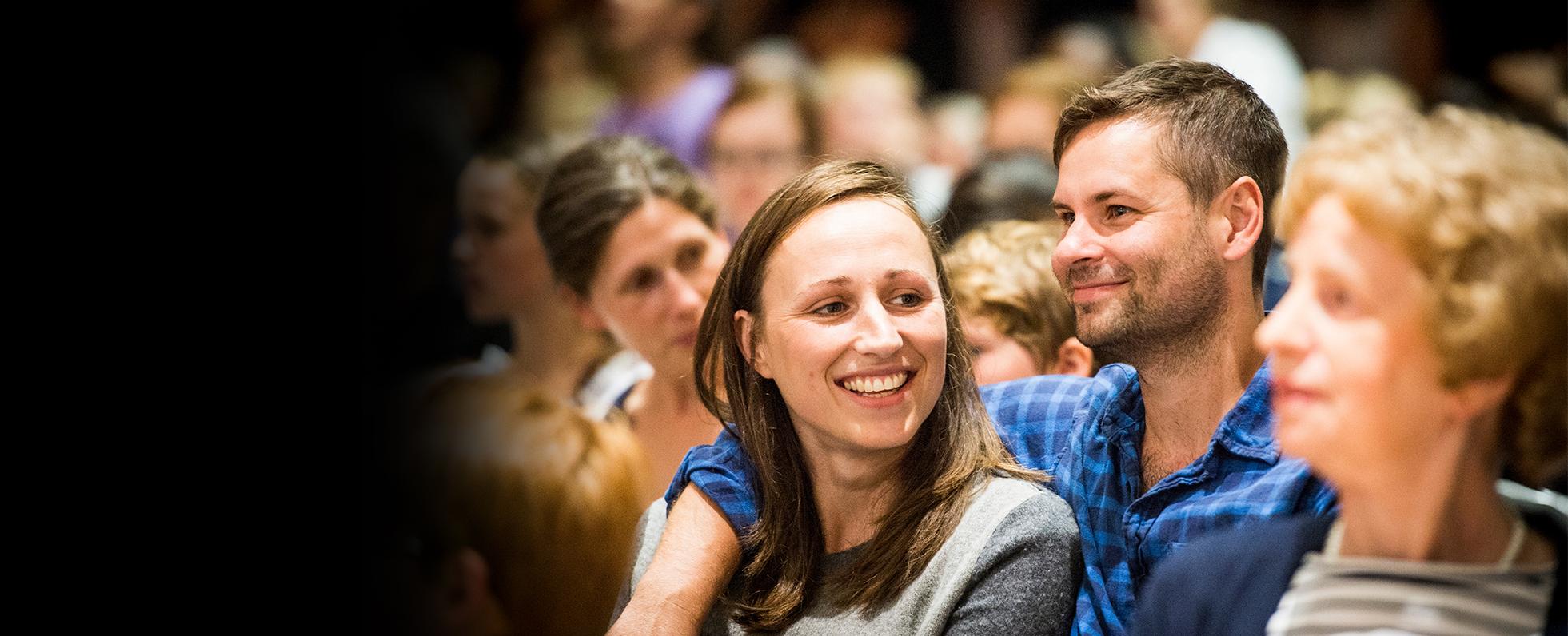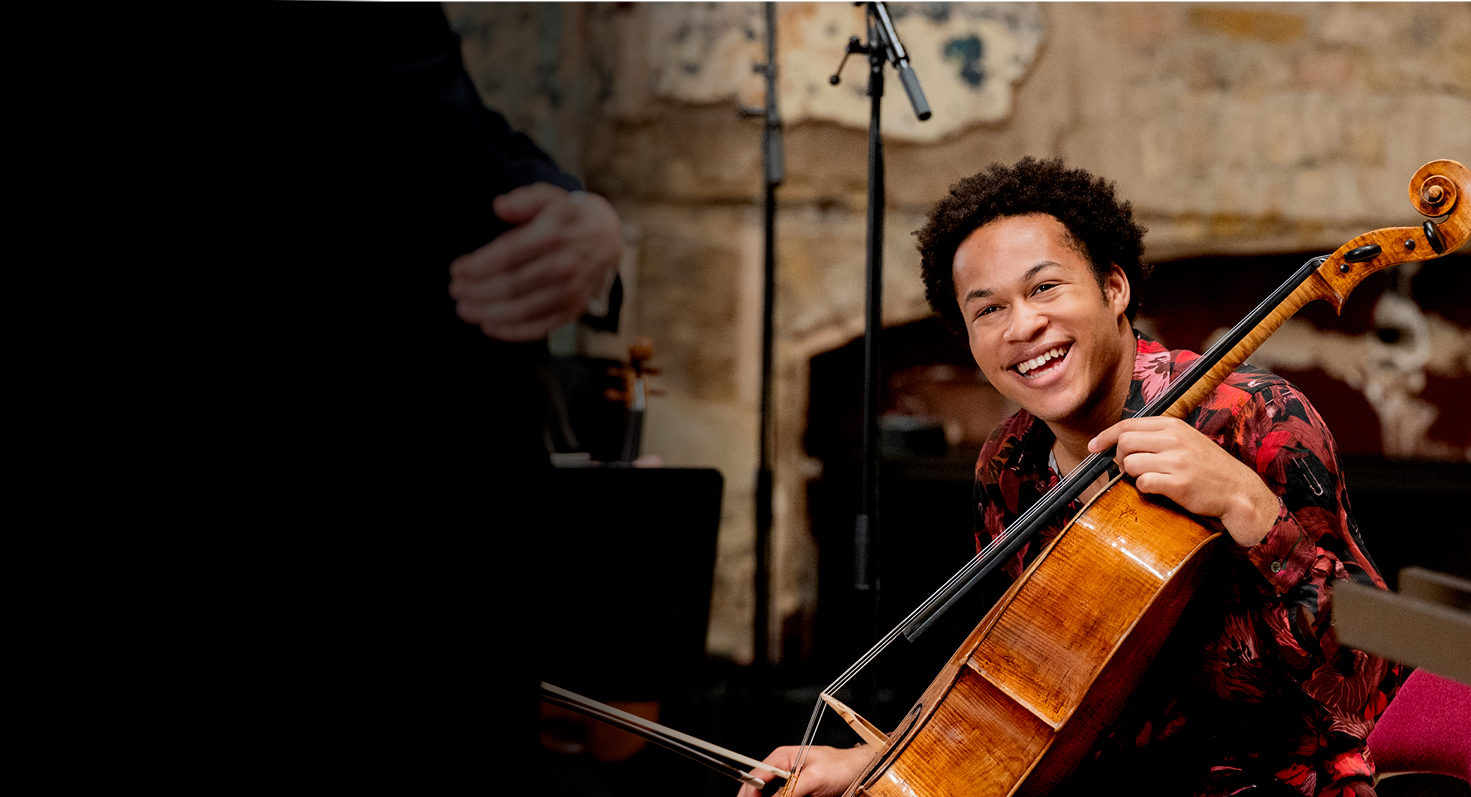Bassoon
The bassoon is the lowest sounding member of the woodwind family and is perhaps the most versatile.

Instrument: Bassoon
The Principal Bassoon Chair is endowed by Penny and Nigel Turnbull.
The No. 2 Bassoon Chair is endowed by John Abramson.
Endowment opportunities at the Philharmonia offer supporters unique access and insights to our players. Find out more here:
About
The bassoon’s double reed gives it a rich, slightly buzzing quality in the lowest notes and a sweet nasal sound higher up. Bassoons can be extremely expressive as solo instruments and their warm vibrato enables them to sound remarkably human, a little like a resonant baritone singer. They are also great for creating punchy rhythmic lines and as bass instruments they help provide support for the whole orchestra.

Frequency Range
58 – 587 Hz
Tube Length
254 cm
Because of their versatility, bassoons have been used in orchestras for a very long time. There are a variety of larger and smaller bassoons, but these days the most commonly used additional member of the bassoon family is the contrabassoon which sounds an octave lower than the bassoon.
Did you know?
The bassoon is tricky to play; it is one of the only instruments that uses all ten fingers, thumbs included.
More about the bassoon
Robin O'Neill, Principal Bassoon, on The Rite of Spring
The Orchestral Woodwind Section: An Introduction
Join us on Instagram
Keep up to date about online concerts, behind the scenes content and much more

Keep up to date
Sign up for email updates and be the first to receive stories, films and concert announcements

Support the Philharmonia
Enjoyed this content? We need your help to keep these resources free

